Scientist of the Day - Asaph Hall
Asaph Hall, an American astronomer, was born Oct. 15, 1829, in Connecticut. He was the son of a clockmaker, who died when Hall was 13, leaving him to support the family, which he did as a carpenter. He nevertheless was able to acquire an education at a New York college, and also get to know his geometry and German teacher, Angeline Stickney, who became his wife.
Hall apparently showed some ability at calculating, for he got a job at the Harvard observatory, computing orbits. He apparently demonstrated enough promise to land a job as an assistant at the U.S. Naval Observatory in downtown Washington, D.C., in 1862, where he soon became a professor.
The observatory had been built in 1842, in a region called Foggy Bottom, just north of the Lincoln Memorial, thanks to the efforts of James Melville Gilliss, who acquired a 9-inch refractor, which was not much of a telescope for a national observatory. Gilliss became director in 1861 and hired Hall. But he died suddenly, of a stroke, in 1865.
Th new director, Charles Davis, persuaded Congress to fund a larger telescope, which he commissioned from Alvan Clark and Sons in Cambridge, Mass. The Clarks were rapidly becoming the premier craftsmen of large refractors, and had just installed the 18.5-inch Dearborn refractor at the University of Chicago. For the Naval Observatory, the Clarks built a refractor with a 26-inch lens, the largest in the world, and it was installed in 1873 under a new dome in Foggy Bottom (first image). Hall was put in charge of the new instrument.
Hall had regular observing work to do, but in his spare time, he used the 26-inch refractor to look for moons around Mars. Mars had long been suspected to have moons, primarily for numerological reasons, since if Earth has one moon and Jupiter has four, it seems proper that Mars, in between, would have two. Johannes Kepler thought so, and Jonathan Swift later described two small moons orbiting Mars in Gulliver's Travels in 1726. So by the time Asaph Hall was looking for them, they were already pretty familiar objects, except that no one had ever seen them.
Mars was in close opposition to the Earth in 1877, meaning it was overhead in the midnight sky, and as close, and as large in the telescope, as it ever gets (Giovanni Schiaparelli was observing canals on Mars at the same opposition). On Aug. 11, urged on by his wife, also an astronomer, Hall saw what appeared to be a tiny moon near Mars. He lost it, and bad weather intervened (the site was called Foggy Bottom for a reason), and not until Aug. 17, was he able to relocate the moon, and another one, closer in, and larger. He would call the first observed moon, the smaller one, Deimos, and the larger one Phobos, after two sons of Mars who represented Fear and Terror.
When the discovery was announced (fourth image), Hall immediately became famous, although his discovery was primarily the result of having a bigger and better telescope than anyone else, and the inclination to turn it toward Mars. Hall never made another comparable discovery, but he received all sorts of prestigious awards, such as the Gold Medal of the Royal Astronomical Society in London. When he retired from the Naval Observatory, he taught astronomy back at Harvard for a few years. He died on Nov. 22, 1907.
Phobos, the second and larger moon discovered by Hall, is an interesting object (sixth image). Only 18 miles across (our Moon is 2000 miles across), it speeds around Mars only 3700 miles above its surface (our Moon is about 240,000 miles up), which means that it has to really fly to stay in orbit, moving around the planet in a little over 4 hours. It has a large crater on one end of its ovoid shape, the result of a huge impact that must have nearly torn the moon apart. The crater was named Stickney (by Carl Sagan), after Hall’s wife. The Viking 1 Orbiter photographed Phobos in 1977 (sixth image). Later orbiters have taken fancier photos, but they are usually artificially colored (Phobos is practically pitch-black), so I prefer the starkness of the Viking photo.
I used to rely on Phobos in my classes to illustrate the concept of escape velocity, the speed that an object has to attain in order to escape the gravitational attraction of its parent body. For the Earth, the escape velocity is 17,000 miles per hour, which is why it is so hard to fall off our planet. But on Phobos, the escape velocity is about 25 mph. So if you had sprinter’s speed (and could run in a space suit), you could tear down the surface of Phobos, give a little spring, and you would be free of the moon forever. It would not be the end of your problems, however, as you would now be in orbit around Mars, and Mars is not so easy to shake free from. There would then be three small moons orbiting the Red Planet. They could make a movie about this whole exercise, perhaps a sequel to the 2013 film that starred George Clooney and Sandra Bullock, and call it: Not Much Gravity.
William B. Ashworth, Jr., Consultant for the History of Science, Linda Hall Library and Associate Professor emeritus, Department of History, University of Missouri-Kansas City. Comments or corrections are welcome; please direct to ashworthw@umkc.edu.


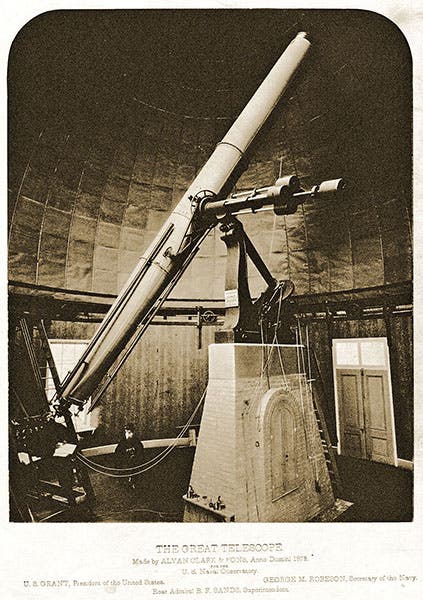
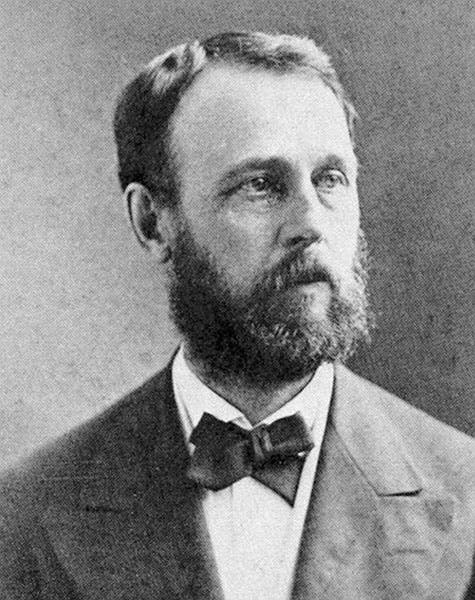
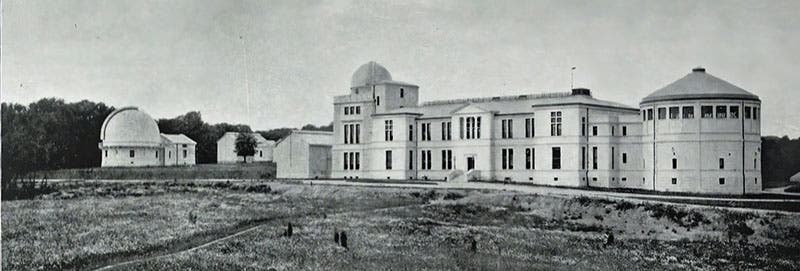
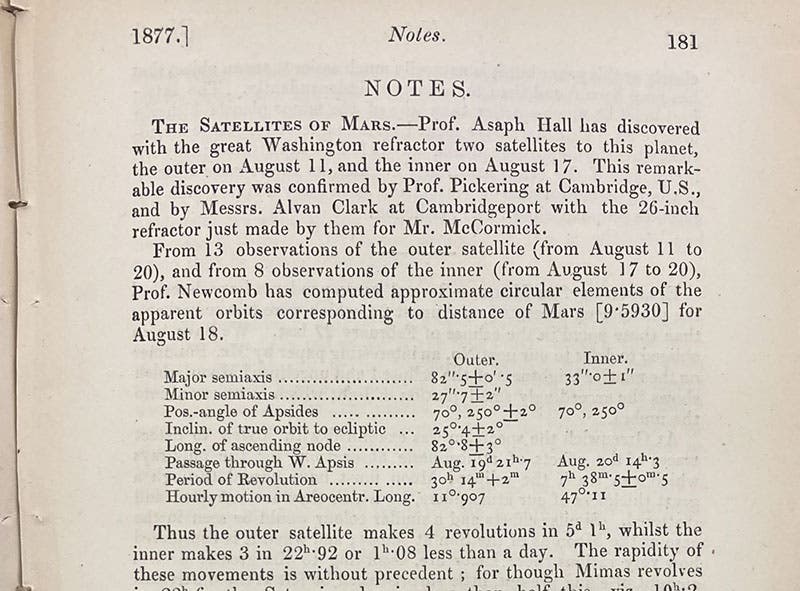
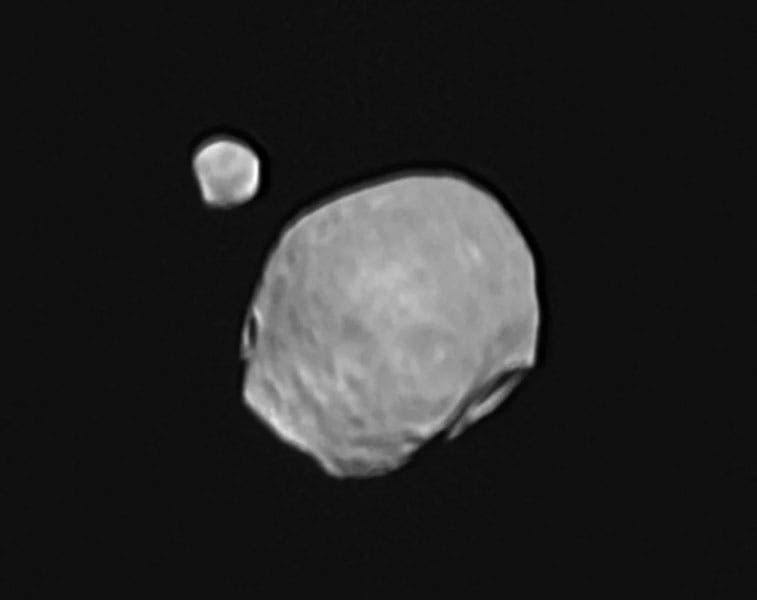
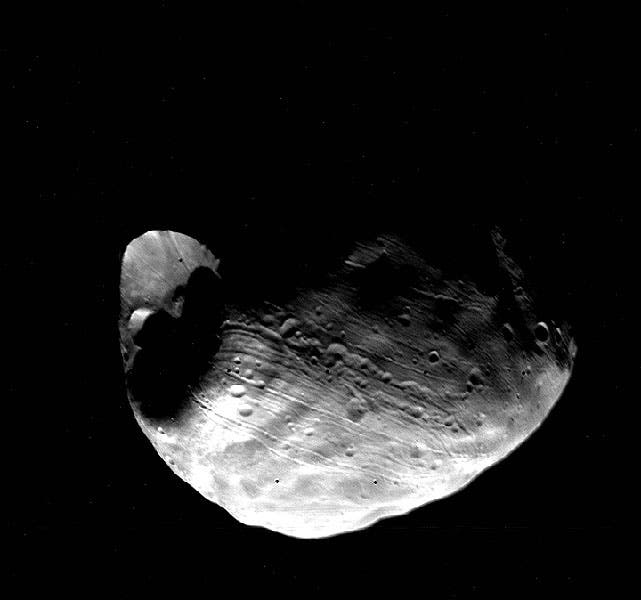


![Using an astrolabe to measure the depth of a well, woodcut in Elucidatio fabricae vsusq[ue] astrolabii, by Johannes Stöffler, 1513 (Linda Hall Library)](https://preview-assets-us-01.kc-usercontent.com:443/9dd25524-761a-000d-d79f-86a5086d4774/a998eb50-55d2-4a88-ace2-a50aa5fa86e7/Stoffler%201.jpg?w=210&h=210&auto=format&fit=crop)

